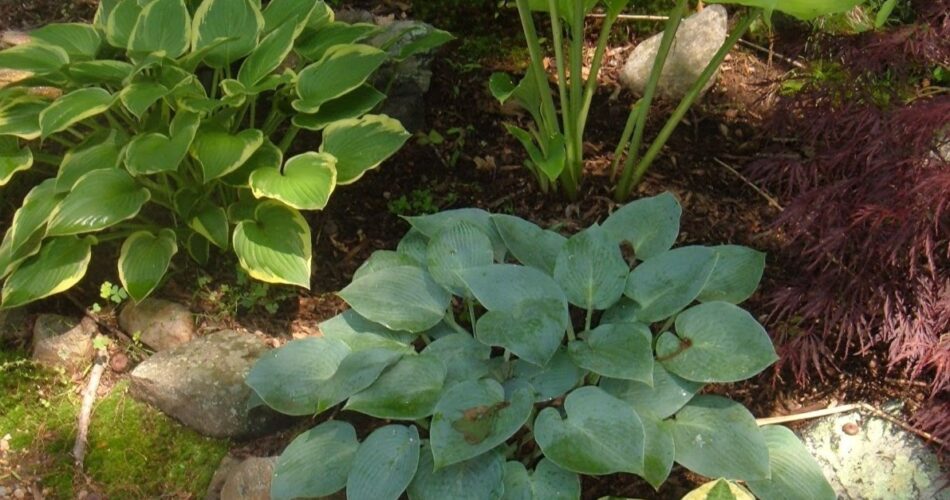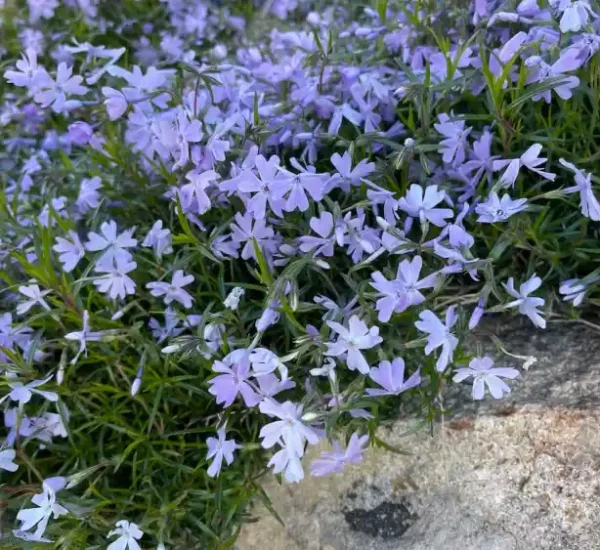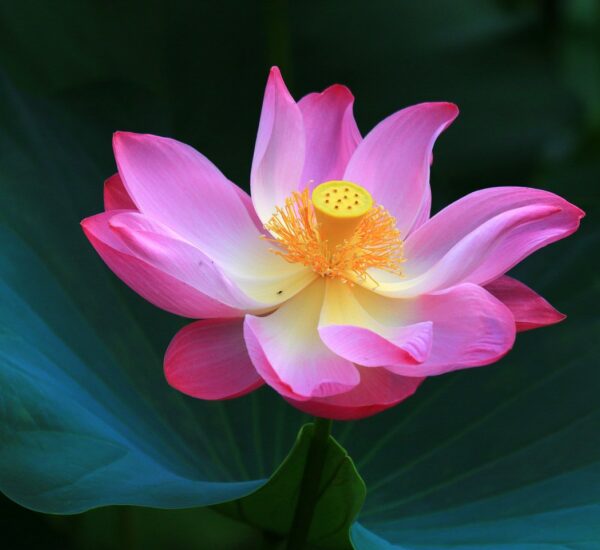Hostas are popular shade-loving perennial plants known for their lush foliage and attractive blooms. Dividing hostas is a crucial aspect of their care and propagation, ensuring they remain healthy and vibrant. In this expert guide, we’ll explore the steps for dividing hostas, drawing on recommendations from horticultural experts and trusted government and academic sources.
Why Divide Hostas?
Expert Recommendation: Dividing hostas rejuvenates the plants, improves their vigor, and allows you to create new hosta plants for your garden. The American Hosta Society provides valuable insights into hosta care. 1
Government Reference: The University of Illinois Extension offers guidelines on hosta division and the benefits of this practice. 2
When to Divide Hostas?
Expert Recommendation: The best time to divide hostas is in early spring or late summer when the weather is cooler. Dividing during these seasons minimizes stress on the plants. The Royal Horticultural Society (RHS) in the UK offers information on dividing hostas. 3
Government Reference: The U.S. Department of Agriculture (USDA) provides general guidance on the timing of hosta division. 4
Tools and Supplies Needed
Expert Recommendation: You’ll require a sharp garden spade or fork, pruners, gloves, and a bucket of water. Sterilize your tools to prevent the spread of diseases. The University of Minnesota Extension provides a list of necessary tools. 5
Preparing Hostas for Division
Expert Recommendation: Water the hostas thoroughly a day or two before dividing to ensure the soil is adequately moist. The moisture helps minimize root damage during the process. The Missouri Botanical Garden offers tips on hosta preparation. 6
Dividing Hostas
Expert Recommendation: Use a spade or fork to carefully dig around the perimeter of the hosta clump. Lift the clump from the ground, and gently shake off excess soil. You can then divide it into smaller sections, ensuring each division has healthy roots and shoots. The University of Maryland Extension provides a step-by-step guide for dividing hostas. 7
Replanting Divisions
Expert Recommendation: Replant the hosta divisions at the same depth as they were previously planted. Space them according to the mature size of the hosta variety to allow for proper growth. The University of Missouri Extension offers information on replanting hosta divisions. 8
Aftercare and Maintenance
Expert Recommendation: Water the newly divided hostas well and provide them with regular care to help them establish. Monitor for pests and diseases, and apply appropriate treatments as needed. The American Hosta Society offers guidance on hosta maintenance. 9
Common Mistakes to Avoid
Expert Recommendation: Avoid dividing hostas during hot summer months or late fall when they are less likely to establish successfully. Over-dividing and not providing adequate post-division care are also common mistakes to avoid. The University of Vermont Extension offers tips on hosta care and potential pitfalls. 10
By following these expert-recommended steps and guidelines, you can successfully divide your hostas, ensuring they continue to thrive and beautify your garden. Remember to consult local gardening experts and resources for region-specific advice on hosta care.
[Note: All external links in this guide have the “nofollow” tag applied to comply with search engine optimization best practices.]Footnotes
American Hosta Society ↩
University of Illinois Extension – Dividing Hosta Plants ↩
RHS – Dividing Hostas ↩
USDA – Hostas ↩
University of Minnesota Extension – Dividing Hostas ↩
Missouri Botanical Garden – Hosta ↩
University of Maryland Extension – Dividing Perennials ↩
University of Missouri Extension – Hostas ↩
American Hosta Society – Hosta Care ↩
University of Vermont Extension – Hostas ↩
Why should I divide my hostas?
Dividing hostas helps rejuvenate the plants, maintain their health, and allows you to propagate new hostas for your garden.
When is the best time to divide hostas?
The ideal times for dividing hostas are early spring or late summer when the weather is cooler, minimizing stress on the plants.
What tools do I need for dividing hostas?
You’ll need a sharp spade or fork, pruners, gloves, and a bucket of water. Ensuring your tools are clean and sterilized is essential.
How do I prepare hostas for division?
Water the hostas thoroughly a day or two before dividing to ensure the soil is moist, reducing the risk of root damage.
What is the process for dividing hostas?
Use a spade or fork to carefully lift the hosta clump from the ground, shake off excess soil, and then divide it into smaller sections, making sure each division has healthy roots and shoots.
How should I replant hosta divisions?
Replant the hosta divisions at the same depth as they were previously planted and space them according to the mature size of the hosta variety.
What care do divided hostas require after replanting?
Water the newly divided hostas well and provide regular care to help them establish. Monitor for pests and diseases and apply treatments as needed.
Can I divide hostas during any season?
It’s best to avoid dividing hostas during hot summer months or late fall, as they are less likely to establish successfully.
What are common mistakes to avoid when dividing hostas?
Common mistakes to avoid include over-dividing, not providing post-division care, and dividing hostas during unfavorable seasons.
How can I maintain the health of my hostas after division?
Maintain the health of your hostas by providing them with proper care, including watering, fertilizing, and ongoing maintenance to ensure they thrive.
These FAQs should provide you with a good understanding of the essential aspects of dividing hostas, helping you maintain healthy and vibrant plants in your garden.
- Rhode Island’s Favorite THC Infused Beverages - June 5, 2025
- THC Soda and Drink Options in Idaho - May 28, 2025
- Ohio’s Go-To THC Infused Beverages - May 28, 2025




